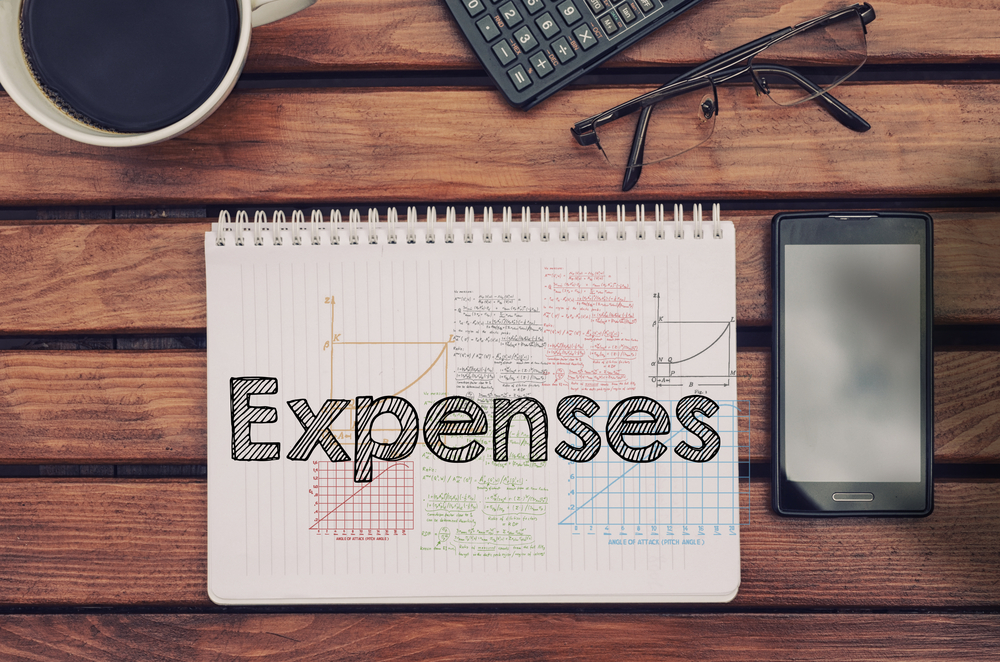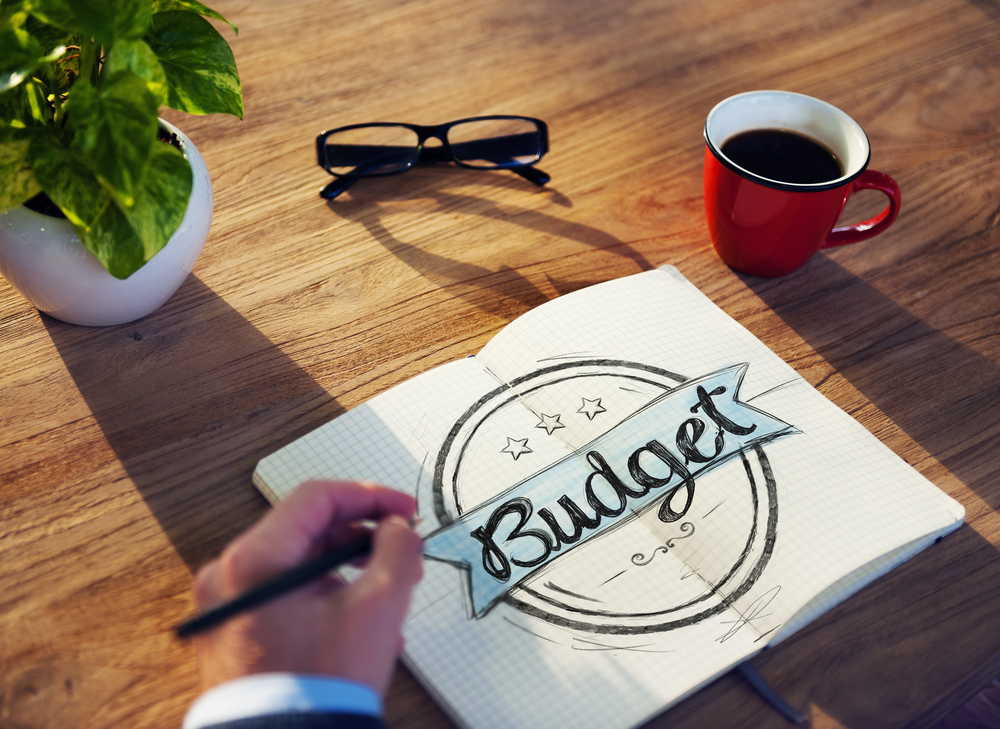 Take a look at these top tips to find out how you can create and stick to a budget:
Take a look at these top tips to find out how you can create and stick to a budget:
- Make a note of your income and expenditure
- Work out your disposable income
- Set an end goal to work towards
- Work out what’s a want, and what’s a need
- Be reasonable with your budget
- Take your time putting your budget together
If you like to splash the cash every now and again, and if saving doesn’t come naturally to you, you may have decided to create a budget. A budget planner can help immensely – if done properly. Mr Lender, a UK based short term loan provider, has put a few helpful tips on how you can create a budget and stick to it.
Income and Expenditure
When it comes to creating a budget, the first thing you will need to do is record all of your monthly expenses. Think about all of your regular outgoings first, such as rent, gas, electricity, food and transport and then record any one off expenses. This can include upcoming birthdays, holidays, meals with friends, etc.
Once you have all of your expenses written down in front of you, make a note of any income you will receive in the coming month. Make sure you take note of any income at all, such as wages, overtime, any extra paid work, birthday money, benefits, etc. Once you have recorded your income and expenditure, you will then see how much disposable income you have. If you are planning to save a set amount each month, make a decision about how much disposable income you can put away.

Track your spending
The best way to stick to a budget planner is to keep a record any time you spend money. You can do this by keeping a copy of your receipts to record at a later date, or using an app to help you budget. The more accurate you are with your spending, the easier it will be to stick to your budget. It will also let you see more clearly how much money you’ve got left for the month, and avoid falling behind on your bills.
Set a goal
Having something to work towards makes saving and budgeting that little bit easier. Whether it’s something as grand as a house or a car, or simply a new pair of trainers or an outfit – having something to work towards will make budgeting feel more worthwhile. Work out how much you’re going to need to save up and then make a decision about how much you can realistically set aside each month. Give yourself a deadline to help you reach your savings target.

Wants vs. needs
If you have worked out that you should be able to save plenty after taking your regular outgoings into consideration, but you’re still finding it difficult, you may want to look at what’s a necessity and what’s a luxury. You may need to make a few adjustments to your monthly outgoings if you’re struggling to save and stick to your budget planner. This can include cancelling unused gym memberships, magazine subscriptions or cutting back on takeaways. You may find that you can save a fair amount by cutting back on a few of life’s luxuries.

Be reasonable
If you find that you are spending far more on unessential expenses than you can truly afford, you will likely need to make a few cutbacks. While this is by far the best option, you must be reasonable about what you can afford to cut back on. If you have three upcoming birthdays for example, don’t cut back on social expenses, instead consider cutting back on cigarettes or think twice about buying a new outfit.
Take your time
When it comes to putting together a budget planner, it pays to take your time. By taking your time, you can be more accurate about how much you’re truly spending each month. Pull up a few bank statements, and use them to categorise all of your expenses. This lets you see far more accurately just how much you’re spending on which areas. You may think you spend £50 a month on takeaways, but your bank statements may show that you in fact spend £100. Taking the time to use your bank statements will help you to make a more accurate and realistic budget.
Alternatively, there are a few apps available on the market which work this out for you. Simply enter your bank details and let the app pull all the necessary information. If you’re not too comfortable handing over your details, you can always do this manually.

